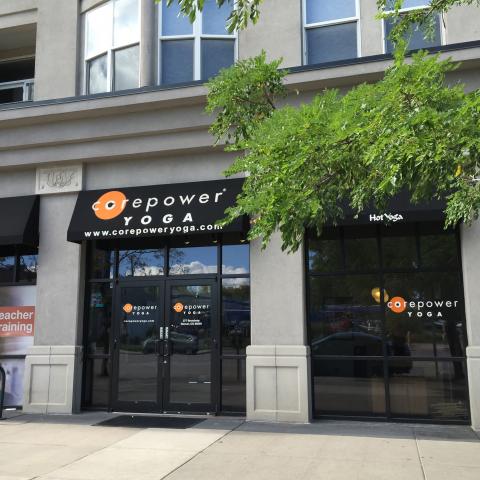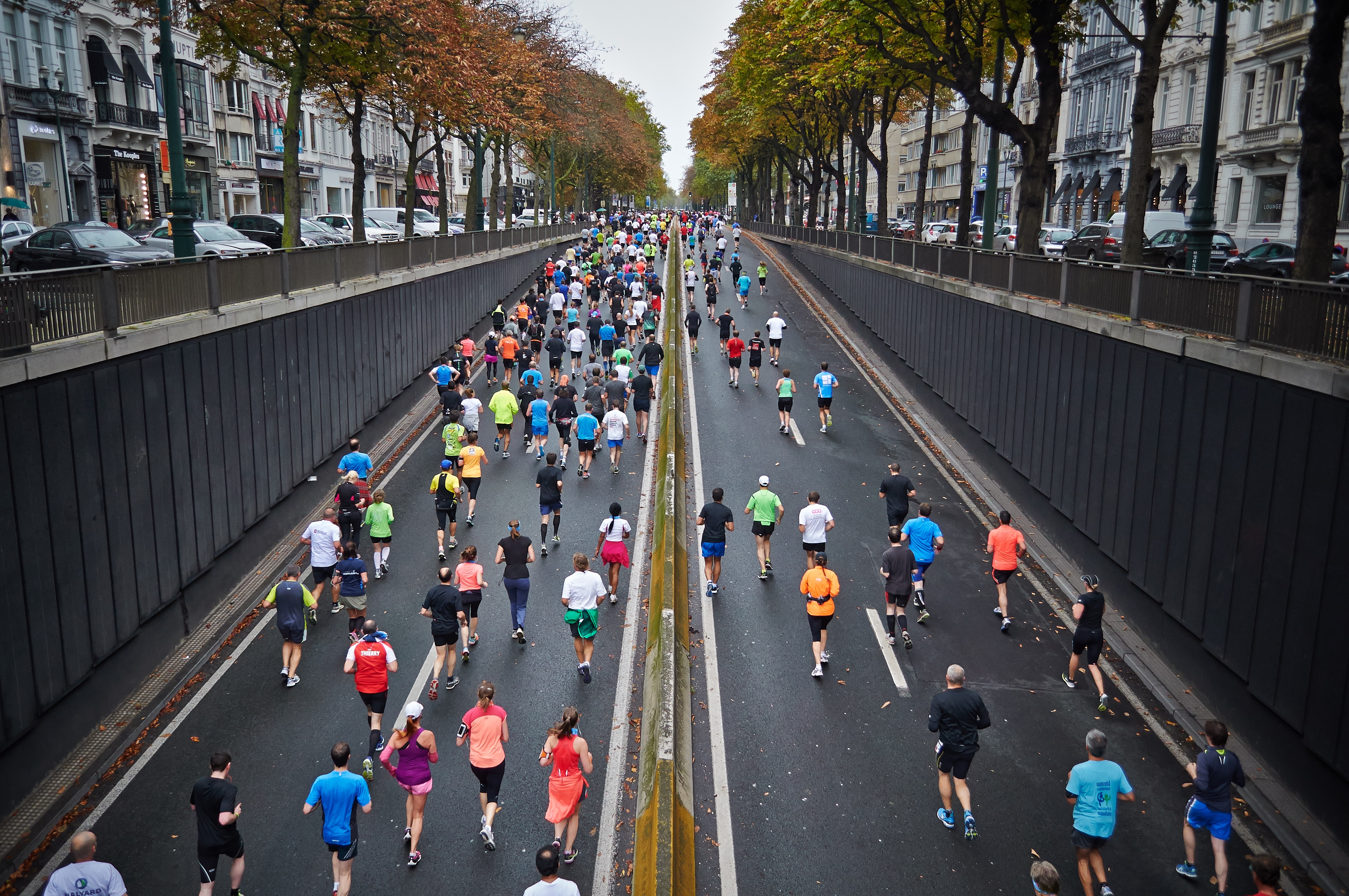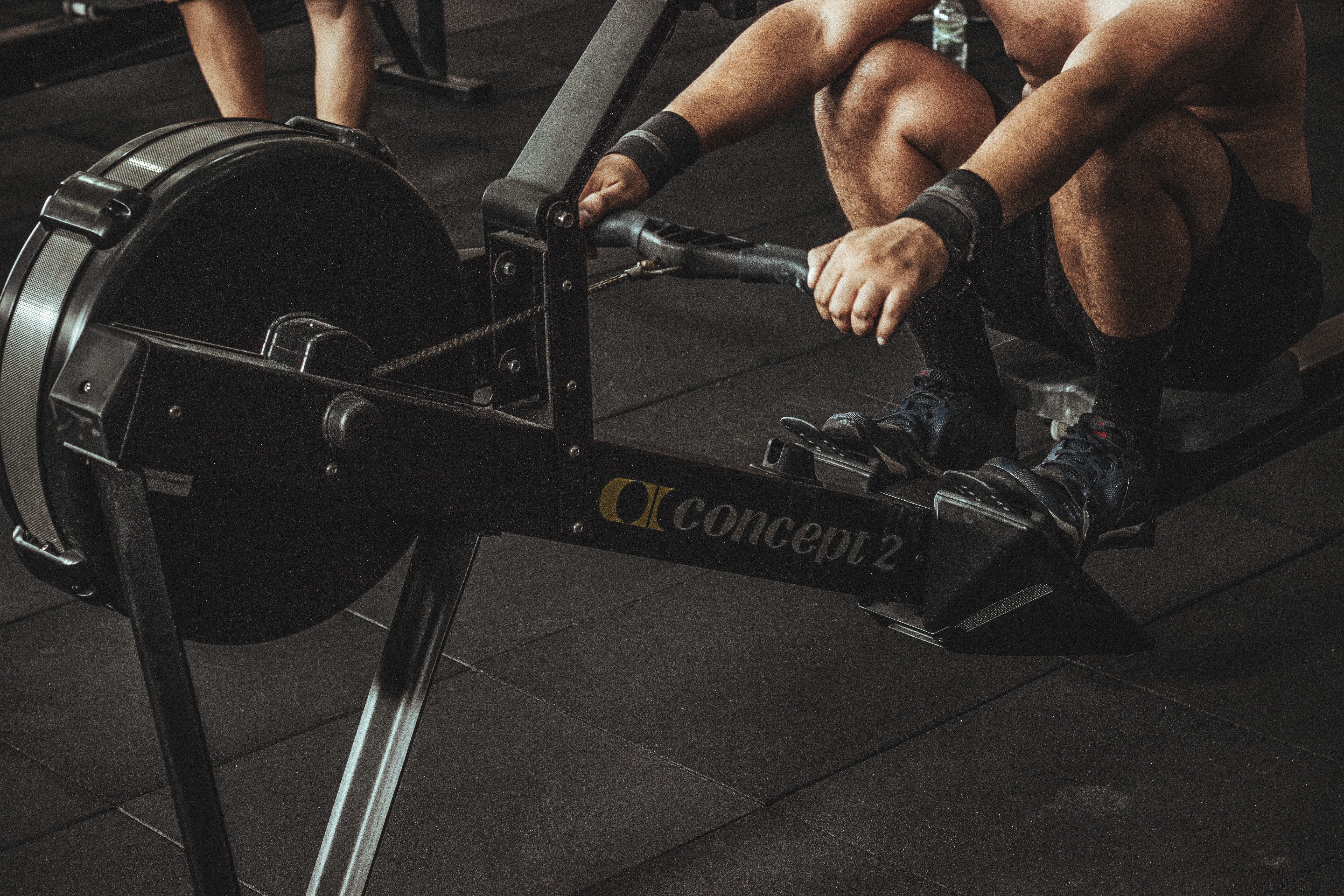The fitness world that’s represented on social media sometimes feels very black and white. This body type looks good, this one’s bad. Train like this, not like that. Eat more this, less that.
I’ve very over it.
In this black and white world, there seem to be two exercise groups: weight training or cardio. The weights people claim cardio makes you hold onto belly fat. The cardio people live for their cardio workouts and don’t want to touch anything heavy because it will make them bulky.
Let’s take a closer look at the benefits of each to decide which is really right. Before we do, however, we need to back up a second and discuss why we do either form of exercise.
What Happens When We Exercise
Merriam-Webster defines exercise as, “bodily exertion for the sake of developing and maintaining physical fitness.”
In other words, we exercise to increase or maintain our fitness. The definition of “fitness” depends on your individual goals. Do you want to do a pull-up? Run faster? Squat 200 pounds?
Most people would say their goal is to lose weight. However, it’s entirely possible to lose weight without increasing your fitness by eating a calorie-deficient diet. In other words, the first step to weight loss is actually about diet, not exercise.
But if you’re already on track with your diet and looking to incorporate exercise into your life, then the question still is: what should I do? (Also, kudos to you for looking to start an exercise plan! You’re amazing.)
Before we get to exercise, let’s first discuss the science of how our bodies use and burn energy.
The Science Behind Burning Calories
Our bodies have a baseline number of calories we burn everyday called our baseline metabolic rate, or BMR. If you lay in bed all day, the calories you burn equal your BMR. Then, there are the calories we burn by moving around during the day, like walking the dog or biking to work. On top of that, we have any other calories we burn through exercise.
When we ask our muscles to expend energy to lift things (weight-lifting) or ask our heart (also a muscle) to expend energy to keep us moving (cardio), we burn more calories.
The calorie burning process works like this: we do things that require energy. Our body grabs energy from stored carbohydrate and fat sources that previously came into our body via food. It will go for carbohydrate sources first and fat sources second.
When we use up fat storages, our fat cells shrink. During this shrinkage process, the cells emit byproducts of water and carbon dioxide, which leave our bodies via sweat, waste, and…breathing?
Yep! When you’re breathing heavy during exercise, you’re expelling fat byproducts. The carbon dioxide from the fat burn mingles with the CO2 that our lungs produce and leaves the body with every exhale.
Pretty cool, right?
Increasing Our Caloric Burn
The two key takeaways about calorie burn are BMR (baseline metabolic rate) is our baseline caloric burn and that extra energy used translates to more calories burned.
Okay, so as for exercise, let’s look first at weight-training.
Why Weight-Train
When you build muscle, you increase your BMR. Why? Because when you increase your muscle mass, your body uses up more energy just keeping you alive. So, when you increase your BMR, you’re burning more calories even when you’re sitting around not doing much.
Ever notice how the daily caloric intake for men is greater than women? It’s because men typically have a greater lean muscle mass and therefore regularly burn more calories per day. But ladies, if you’re eating more than your brother or partner, don’t fret! This is just the average or typical, it doesn’t necessarily mean anything if you’re hungrier than your partner. My partner and I usually eat the same sized servings for every meal.
So in terms of weight lifting for weight loss, the idea is if you build muscle, you increase your BMR, meaning your body needs more calories to maintain the same weight. So if you continue eating as you normally did before weight-lifting, you’d put yourself into a calorie-deficient state, thereby helping you lose weight and build muscle.
One thing I’ll say about this method is that you should keep in mind building muscle is a slow process. It’s really important to not give up too soon. I’m talking a commitment of 6 months to a year before you see progress, though for some people this may be faster or slower.
Weight-lifting can help you fine-tune your body figure and sculpt or highlight certain body parts, yes. But there are also a number of non-aesthetic benefits:
- Strengthen your bones (Meaning you’ll be less likely to break them. This is HUGE as you age!)
- Improve your joint range of motion
- Reduces fall risk as you age
- Lowers your risk of developing chronic disease
- Enhances your ability to move through daily life
Weight-lifting with short rest or very heavy loads also helps you burn more calories per hour for a longer period after the workout. People sometimes refer to this as a workout’s “after-burn.” Studies have indicated that heavy lifting and high-intensity training – like a HIIT circuit or sprinting (we’ll touch on that next) – very effectively create a high after-burn.
The actual weight-lifting workout also burns calories. A weights workout does not mean not breaking a sweat or slow calm breathing the entire time. You should be lifting weights to a point where your heart rate rises, requiring your body to use your carbohydrate and fat energy stores.
Looking for a way to keep track of your heart rate during a workout? I love my Garmin Venu* and Coros heart rate monitor* to accurately tell me my heart rate during cardio and resistance training sessions. *Yes these are affiliate links. Your support is very appreciated!
The Cardio People
Cardio people. Those crazy marathoners. The triathletes that jump in water at 7 in the morning and bike unfathomable distances. The woman in your book club who loves her Peloton. The person doing burpees and box jumps in the corner of your gym. The jogger in your neighborhood.
Cardio, short for cardiovascular, exercise means “of, relating to, or involving the heart and blood vessels.” When you get your heart rate up above your resting state, this is known as cardiovascular exercise.
By this definition, weight-lifting with short reps or heavy loads technically falls into cardio exercise, but we’ll focus on strict cardio exercise for now, like running, cycling, using the elliptical, and walking.
The harder you work your heart, the more calories you are going to burn. When you jog vs. sprint, sprinting requires more oxygen and more energy.
The cardio people think, well, I need to burn calories to lose weight. And cardio burns more calories per hour than weight-lifting because my heart rate is higher for a longer period. Therefore, cardio will help me lose weight better than weight-lifting. Plus, I won’t get bulky from carrying around big muscles.
The actual benefits of cardio are vast:
- Reduces your risk of obesity, heart disease, high blood pressure, type 2 diabetes, metabolic syndrome, stroke and certain types of cancer
- Weight bearing cardio like walking, running, and dancing reduce the risk of osteoporosis
- Strengthens your heart
- Boosts your good cholesterol and lowers your bad cholesterol
- May improve cognitive function, especially as you age
But, you’re probably thinking, there’s lots of types of cardio. You could go out and jog for an hour, or you could do a 20-minute Tabata workout. What’s the best one for weight loss?
Steady State Cardio Vs Intervals
Intensity plays a major factor in deciding the best kind of cardio. Because it’s unsustainable for our bodies to perform at a high-intensity every day, many people incorporate low-intensity steady state (LISS) days into their training.
This is perhaps where cardio gets its “bad” reputation. Jogging won’t, in the long run, define your body the same way weight-lifting will. You might lose weight, but it does not increase your muscle tone – and therefore your BMR – like weight-lifting does. However, steady state cardio like walking or jogging is GREAT for initial weight loss on top of resistance training. So the 10,000 steps craze, while mostly an arbitrary number, is at its core, a great method for weight loss and heart health.
There’s another important caveat to cardio: as you improve your cardiovascular endurance, the cardio speed you started with will become easier and you will burn less calories over time. So that 12-3-30 treadmill workout you’ve been seeing all over social media? (For those who don’t know, it’s 12% incline at 3 miles per hour for 30 minutes.) It will get easier over time because YOU get fitter. As you get fitter, the workout will burn less calories. That’s okay if it’s not your main form of exercise. But if it is, you will need to vary the intensity to continue seeing results.
As I mentioned above, high-intensity cardio like HIIT or sprinting has shown to cause the most effective after-burn effect. It pushes your body into an anaerobic state – think heavy panting, short of breath – which forces your metabolism to work harder and replenish the energy used up. BUT if you do this kind of workout too often or at too high an intensity without enough rest days, you might trigger a cortisol creep. The best way to avoid cortisol creep is to only do 1 to 2 hard days a week.
If your life is very stressful or you’re not sleeping a lot, those are also good reasons to keep your cardio intensity lower.
So, with all this in mind, what is the answer here to cardio vs. weight-lifting for weight loss?
Weight-lifting vs Cardio for Weight Loss
Because resistance training increases your BMR, its benefits for weight loss are clear: build muscle and you can eat the same amount of calories without gaining weight. (There’s also evidence that the quality of the food, not just quantity, matters too.) As you get stronger, you should be increasing the weight you lift to continually challenge your muscles. While cardio does burn calories, which helps you lose weight, it does not increase your BMR, meaning your body won’t burn more calories just being a body. Solely cardio also won’t shape your body as much as weight lifting will.
So the answer, it seems, is weight-lifting, right?
But there’s one more thing to consider.
The leading cause of death in the U.S. is heart disease. Many studies have proven that aerobic exercise can significantly reduce your risk of heart disease. A recent study determined that “splitting the recommended amount of physical activity between aerobic and resistance exercise reduces cardiovascular disease risks as much as aerobic-only regimens.”
John Hopkins medicine states that “The American Heart Association and the American College of Sports Medicine both recommend combining aerobic exercise (jogging, swimming, biking) with resistance training (moderate weightlifting). Together, these two categories of exercise produce the greatest benefit for preventing and managing heart disease.”
So while weight lifting has a number of benefits, including helping you lose weight, for the sake of your health and overall longevity, it’s very important you do not ignore the benefits of aerobic exercise.
What It Really Comes Down To
The most important thing is finding what you love and doing it consistently. Whatever you like doing, do that thing. That includes yoga, boxing, rock-climbing, unicycling, juggling (perhaps you’re a clown?), etc.
But between weight-lifting and cardio, the key takeaway here is that BMR combined with exercise intensity is what matters for weight loss.
Building muscle benefits weight loss because it increases your BMR and burns calories, plus, if done with heavy weights or short rest, you can increase the after-burn. Strong muscles also help with performing daily tasks, stability, mobility, and general body functionality.
Cardio assists with weight loss by raising your heart rate to a consistent level, which burns more calories in a shorter amount of time (again, depending on intensity). It also improves heart and lung health, reduces your risk of heart disease, and releases endorphins, a feel-good chemical produced by the brain.
The Best Solution?
This might sound crazy, but if you want the benefits of cardio training and weight-lifting, why don’t you try…doing both?
I know, it’s a radical idea.
But since I’m rather radical myself, that’s how I organize my training. I do running and walking circuits on a treadmill or elliptical combined with circuits of weight-lifting three times a week.
Looking for a program that combines strength and walking/running? Check out my 8-week program Faster Leaner Stronger.
By doing shorter intervals at a higher-intensity, I’m maximizing my caloric burn and improving my cardiovascular fitness without spending hours doing steady-state cardio. The weight circuits build muscle to improve my BMR and give me the so-desired “after-burn.”
Final Thoughts
Despite everything I’ve mentioned in this post, there really is no one-all be-all exercise solution for weight loss. The most important factors for weight loss are diet and exercise consistency. You should explore, play, and do what is most enjoyable for you. If you are struggling with weight loss, focus on nutrition and regular exercise rather than fretting about the “best” type of exercise.
Don’t follow an exercise routine that you can’t sustain or don’t find enjoyable.
Happy sweating!! <3





